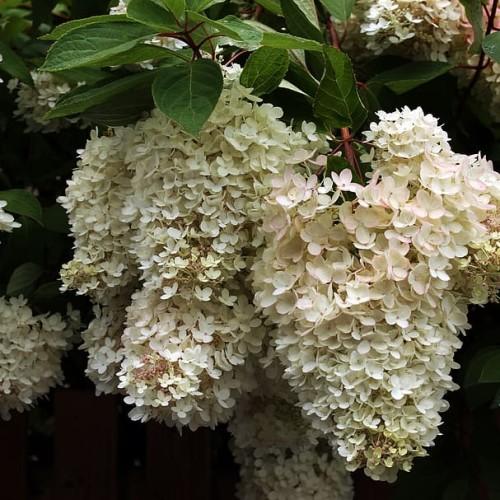
panicle hydrangea
Hydrangea paniculata 'Phantom'
Also Known As - P.G. HydrangeaCycle:
Perennial
Watering:
Average
Hardiness Zone:
4
Flowers:
Flowers In Summer
Sun:
Filtered shade, Full sun
Soil:
Well-drained
Fruits:
Fruits In Autumn Ready In Fall
Leaf:
Yes
Growth Rate:
High
Maintenance:
Moderate
Drought Tolerant:
Yes
Salt Tolerant:
Yes
Care Level:
Medium
watering
Panicle hydrangeas need to be watered every 2 to 3 days. Water at the base of the plant, making sure to keep the foliage dry to avoid fungal diseases. The soil should be kept consistently moist, but not waterlogged. During hot spells or periods of no rainfall, you may need to water more frequently. As a rule of thumb, water for about 5 minutes at a time in order to provide the plant with enough water to reach the root zone.
sunlight
Panicle hydrangeas (Hydrangea paniculata 'Phantom') generally do best with full sun for 6-8 hours each day, but they can tolerate partial shade. Generally, morning sun is preferable as direct afternoon sun may cause the plants to become scorched. Direct sunlight is rarely recommended for these plants as it can cause the foliage to become discolored. It is best to monitor the daily sunlight on your Panicle Hydrangea, as too much sun can cause leaf burn or damage to the flowers.
pruning
Panicle hydrangea should be pruned immediately after blooming. About 1/3 of all branches should be pruned to the ground to stimulate new growth and promote side shoots. In autumn, prune any overly large and unwieldy growth. With respect to evergreens, lightly prune to maintain desired shape.
